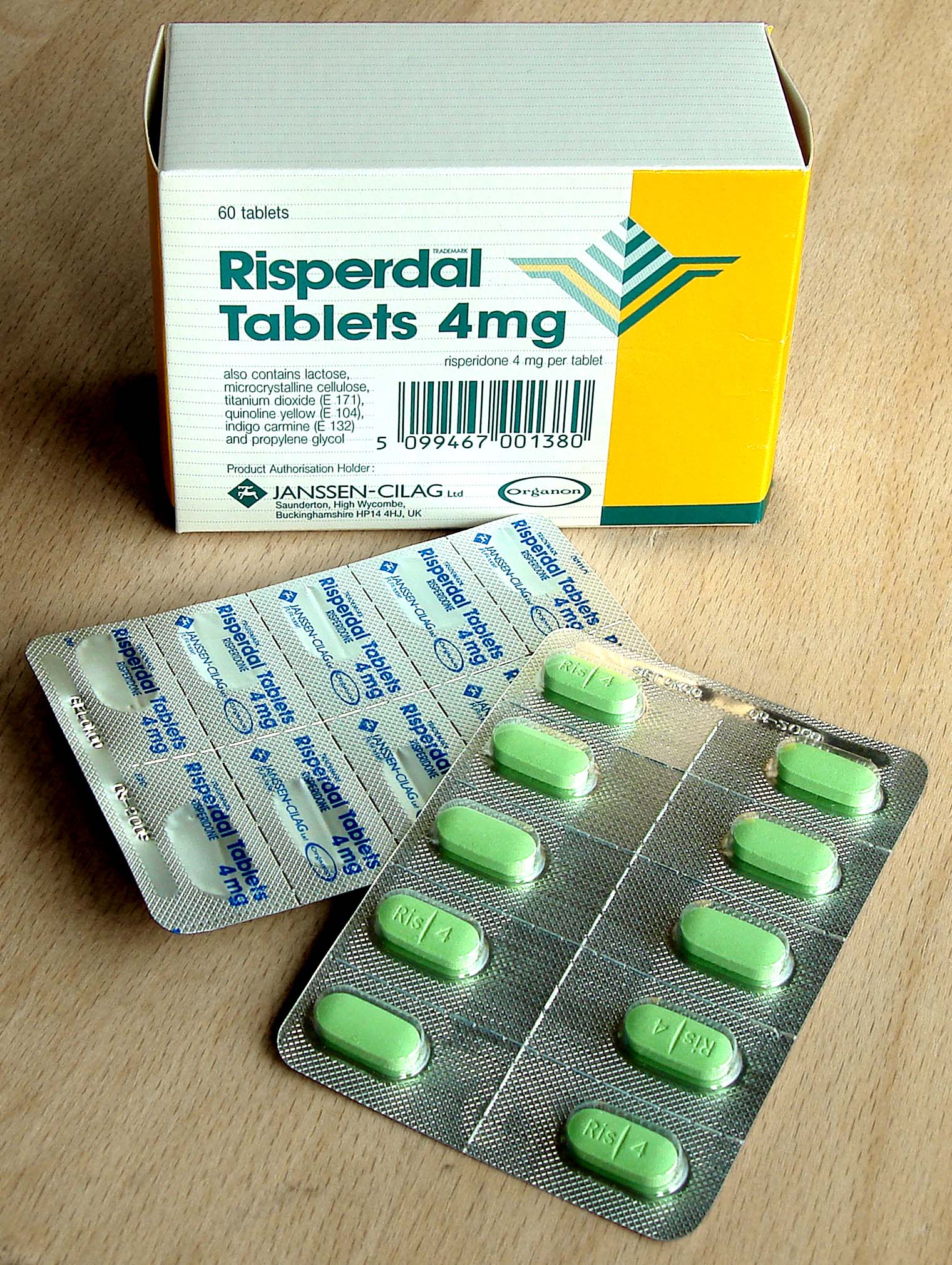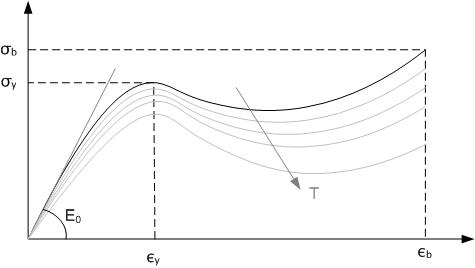|
Blow Molding
Blow molding (or moulding) is a manufacturing process for forming hollow plastic parts. It is also used for forming glass bottles or other hollow shapes. In general, there are three main types of blow molding: extrusion blow molding, injection blow molding, and injection stretch blow molding. The blow molding process begins with softening plastic by heating a preform or parison. The parison is a tube-like piece of plastic with a hole in one end through which compressed air can enter. The plastic workpiece is then clamped into a mold and air is blown into it. The air pressure inflates the plastic which conforms to the mold. Once the plastic has cooled and hardened the mold opens and the part is ejected. Water channels within the mold assist cooling. History The process principle comes from the idea of glassblowing. Enoch Ferngren and William Kopitke produced a blow molding machine and sold it to Hartford Empire Company in 1938. This was the beginning of the commercial blow ... [...More Info...] [...Related Items...] OR: [Wikipedia] [Google] [Baidu] |
Injection Molding
Injection moulding (U.S. spelling: injection molding) is a manufacturing process for producing parts by injecting molten material into a mould, or mold. Injection moulding can be performed with a host of materials mainly including metals (for which the process is called die-casting), glasses, elastomers, confections, and most commonly thermoplastic and thermosetting polymers. Material for the part is fed into a heated barrel, mixed (using a helical screw), and injected into a mould cavity, where it cools and hardens to the configuration of the cavity. After a product is designed, usually by an industrial designer or an engineer, moulds are made by a mould-maker (or toolmaker) from metal, usually either steel or aluminium, and precision-machined to form the features of the desired part. Injection moulding is widely used for manufacturing a variety of parts, from the smallest components to entire body panels of cars. Advances in 3D printing technology, using photopolymers t ... [...More Info...] [...Related Items...] OR: [Wikipedia] [Google] [Baidu] |
Packaging
Packaging is the science, art and technology of enclosing or protecting products for distribution, storage, sale, and use. Packaging also refers to the process of designing, evaluating, and producing packages. Packaging can be described as a coordinated system of preparing goods for transport, warehousing, logistics, sale, and end use. Packaging contains, protects, preserves, transports, informs, and sells. In many countries it is fully integrated into government, business, institutional, industrial, and for personal use. ''Package labeling'' (American English) or ''labelling'' (British English) is any written, electronic, or graphic communication on the package or on a separate but associated label. Many countries or regions have regulations governing the content of package labels. Merchandising, branding, and persuasive graphics are not covered in this article. History of packaging Ancient era The first packages used the natural materials available at the time: baskets of ... [...More Info...] [...Related Items...] OR: [Wikipedia] [Google] [Baidu] |
Polymer
A polymer () is a chemical substance, substance or material that consists of very large molecules, or macromolecules, that are constituted by many repeat unit, repeating subunits derived from one or more species of monomers. Due to their broad spectrum of properties, both synthetic and natural polymers play essential and ubiquitous roles in everyday life. Polymers range from familiar synthetic plastics such as polystyrene to natural biopolymers such as DNA and proteins that are fundamental to biological structure and function. Polymers, both natural and synthetic, are created via polymerization of many small molecules, known as monomers. Their consequently large molecular mass, relative to small molecule compound (chemistry), compounds, produces unique physical property, physical properties including toughness, high rubber elasticity, elasticity, viscoelasticity, and a tendency to form Amorphous solid, amorphous and crystallization of polymers, semicrystalline structures rath ... [...More Info...] [...Related Items...] OR: [Wikipedia] [Google] [Baidu] |
Thermoplastic
A thermoplastic, or thermosoftening plastic, is any plastic polymer material that becomes pliable or moldable at a certain elevated temperature and solidifies upon cooling. Most thermoplastics have a high molecular weight. The polymer chains associate by intermolecular forces, which weaken rapidly with increased temperature, yielding a viscous liquid. In this state, thermoplastics may be reshaped, and are typically used to produce parts by various polymer processing techniques such as injection molding, compression molding, calendering, and extrusion. Thermoplastics differ from thermosetting polymers (or "thermosets"), which form irreversible chemical bonds during the curing process. Thermosets do not melt when heated, but typically decompose and do not reform upon cooling. Above its glass transition temperature and below its melting point, the physical properties of a thermoplastic change drastically without an associated phase change. Some thermoplastics do not fully ... [...More Info...] [...Related Items...] OR: [Wikipedia] [Google] [Baidu] |
Glass
Glass is an amorphous (non-crystalline solid, non-crystalline) solid. Because it is often transparency and translucency, transparent and chemically inert, glass has found widespread practical, technological, and decorative use in window panes, tableware, and optics. Some common objects made of glass are named after the material, e.g., a Tumbler (glass), "glass" for drinking, "glasses" for vision correction, and a "magnifying glass". Glass is most often formed by rapid cooling (quenching) of the Melting, molten form. Some glasses such as volcanic glass are naturally occurring, and obsidian has been used to make arrowheads and knives since the Stone Age. Archaeological evidence suggests glassmaking dates back to at least 3600 BC in Mesopotamia, Ancient Egypt, Egypt, or Syria. The earliest known glass objects were beads, perhaps created accidentally during metalworking or the production of faience, which is a form of pottery using lead glazes. Due to its ease of formability int ... [...More Info...] [...Related Items...] OR: [Wikipedia] [Google] [Baidu] |
Blow Molding Process
Blow commonly refers to: *Cocaine *Exhalation *Strike (attack) Blow, Blew, Blowing, or Blown may also refer to: People * Blew (surname) * Blow (surname) Arts and entertainment Music *The Blow, an American electro-pop band Albums * ''Blow'' (Foetus album), 2001 * ''Blow'' (Ghinzu album) or the title song, 2004 * ''Blow'' (Heather Nova album), 1993 * ''Blow'' (Messy Marv and Berner album), 2009 **'' Blow: Blocks and Boat Docks'' or the title song, by Messy Marv and Berner, 2010 * ''Blow'' (Red Lorry Yellow Lorry album) or the title song, 1989 * ''Blow'' (Straitjacket Fits album), 1993 *''Blow It!'' (Steve Took's Horns album), 2004 Songs *"Blew", by Nirvana, 1989 * "Blow" (Beyoncé song), 2013 * "Blow" (Ed Sheeran, Chris Stapleton and Bruno Mars song), 2019 * "Blow" (Kesha song), 2011 * "Blow" (Martin Solveig song), 2014 * "Blow" (Moneybagg Yo song), 2022 *" B.L.O.W.", by Tory Lanez, 2015 *"Blow", by Ashnikko, 2018 *"Blow", by Atreyu from ''Lead Sails Paper Anchor'', 2007 * ... [...More Info...] [...Related Items...] OR: [Wikipedia] [Google] [Baidu] |
Titanium Nitride
Titanium nitride (TiN; sometimes known as tinite) is an extremely hard ceramic material, often used as a physical vapor deposition (PVD) coating on titanium alloys, steel, carbide, and aluminium components to improve the substrate's surface properties. Applied as a thin coating, TiN is used to harden and protect cutting and sliding surfaces, for decorative purposes (for its golden appearance), and as a non-toxic exterior for medical implants. In most applications a coating of less than is applied. Characteristics TiN has a Vickers hardness of 1800–2100, hardness of , a modulus of elasticity of , a thermal expansion coefficient of 9.35 K−1, and a superconducting transition temperature of 5.6 K. TiN oxidizes at 800 °C in a normal atmosphere. It is chemically stable at 20 °C, according to laboratory tests, but can be slowly attacked by concentrated acid solutions with rising temperatures. TiN has a brown color and appears gold when applied as a coati ... [...More Info...] [...Related Items...] OR: [Wikipedia] [Google] [Baidu] |
Accumulator Head Machinery
Accumulator may refer to: * Accumulator (bet), a parlay bet * Accumulator (computing), in a CPU, a processor register for storing intermediate results * Accumulator (computer vision), discrete cell structure to count votes, standard component of the Hough transform * Accumulator (cryptography), a value, determined by a set of values, that allows one to verify if any one of the original values is a member of the set * Accumulator (energy), an apparatus for storing energy or power ** Capacitor, in electrical engineering, also known by the obsolete term ''accumulator'' ** Electrochemical cell, a cell that stores electrical energy, typically used in rechargeable batteries ** Hydraulic accumulator, an energy storage device using hydraulic fluid under pressure ** Thermal accumulator, a device or system that provides thermal energy storage as from concentrated solar power and storage heaters or heat banks in buildings * Accumulator (structured product), a financial contract used by clien ... [...More Info...] [...Related Items...] OR: [Wikipedia] [Google] [Baidu] |
Shuttle Machinery
The original meaning of the word shuttle is the device used in weaving to carry the weft. By reference to the continual to-and-fro motion associated with that, the term was then applied in transportation and then in other spheres. Thus the word may now also refer to: Transport Air transport * Air shuttle, a type of flight which quickly connects nearby destinations * Delta Shuttle, the brand name for Delta Air Lines' air shuttle service * Rossi Shuttle Quik, an Italian ultralight trike design * Shuttle America, a regional airline based in Indianapolis, Indiana * Shuttle by United, a regional airline operated as a subsidiary of United Airlines * Shuttle Carrier Aircraft, modified Boeing 747 airliners used to transport Space Shuttle orbiters * US Airways Shuttle, the brand name for an hourly service offered by US Airways * The call sign for domestic (UK internal) British Airways flights - international flights use Speedbird Land transport Automotive brands * Fit Shuttle, the ... [...More Info...] [...Related Items...] OR: [Wikipedia] [Google] [Baidu] |
Rotary Wheel Blow Molding Systems
Rotary wheel blow molding systems are used for the high-output production of a wide variety of plastic extrusion blow molded articles. Containers may be produced from small, single serve bottles to large containers up to 20-30 liters in volume - but wheel machines are often sized for the volume and dimensional demands of a specific container, and are typically dedicated to a narrow range of bottle sizes once built. Multiple parison machines, with high numbers of molds are capable of producing over one million bottles per day in some configurations. Description Rotary blow molding "wheels" are targeted to the high output production of containers. They are used to produce containers from one to seven layers. View stripe and In Mold Labeling (IML) options are available in some configurations. Rotary wheels, which may contain from six to thirty molds, feature continuously extruded parisons. Revolving sets of blow molds capture the parison or parisons as they pass over the ext ... [...More Info...] [...Related Items...] OR: [Wikipedia] [Google] [Baidu] |



